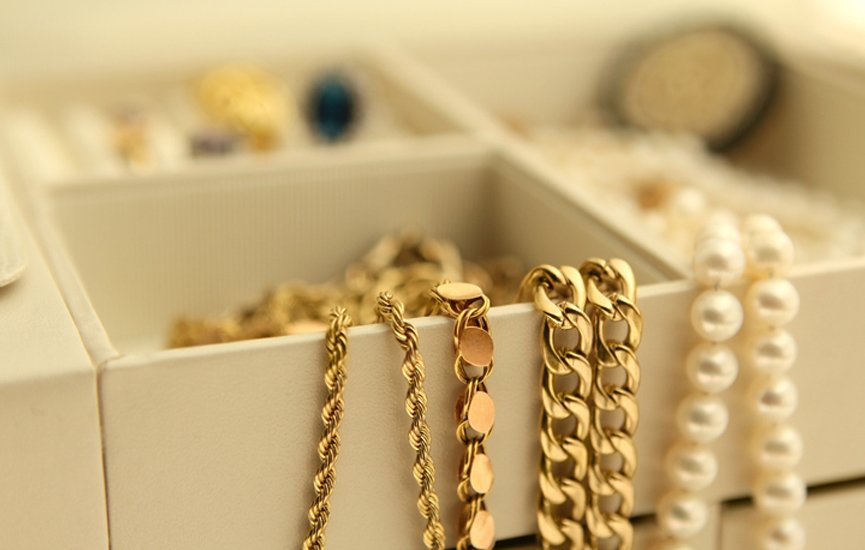Most high-end Worth readers understand that they can schedule or “blanket” their collectibles, but often, this coverage is overlooked until it’s too late.
Regardless of how well secured collectors’ precious items might be, their valuables are still at risk of being damaged, stolen or destroyed.
Jewelry items are most at risk, but there is also potential jeopardy for fine art, wine, sports memorabilia, other collectibles and even cars.
For an agent, discovering clients’ passion and insuring them is just the beginning of the stewardship process.
Semi-annual and/or annual reviews are also required as part of the risk-management process, to go over new items, deleted items or changed items.
It is equally important to update the values of these items every few years.
For example, the prices of gold, silver, platinum and many precious stones have risen at a higher rate than the 150 percent market appreciation included under valuable articles policies. Also, collections are increasingly used to increase investment diversification beyond the stock market.
Recently, a client of mine called in a panic; her husband had purchased two matching Cartier watches for their anniversary, priced at around $50,000 each. When she was out to dinner, the unexpected happened: She hit her watch against the cab, cracking its face.
Because she had an existing schedule for her jewelry, giving her 25 percent of policy limits for newly acquired items (usually 90 days), I could reassure her that everything would be fine. She could now go to her jeweler and get the watch fixed at no charge.
Other perils covered under a scheduled policy include fire, mysterious disappearance or theft, flood or water damage, breakage, mechanical breakdown and pairs/sets/ parts, with worldwide coverage.
For an agent, discovering a client’s passion and insuring them is just the beginning of the stewardship process.
In another situation: A client was beginning to acquire an extensive collection of valuable jewelry. With the client’s permission, her jeweler started to send receipts and appraisals directly to our agency so nothing would go uncovered.
Still, she was a little overwhelmed, So, I recommended that an appraiser go to her house and help determine the value of the collection. I also brought in a collection management and loss-prevention consultant to recommend ways to protect her collection. Together, they created a customized risk-management plan that included the installation of a home safe, an updated alarm system and the use of a safety deposit box at her bank.
Yet another client, meeting with me to review his policies, mentioned he was attending a wine dinner and auction in Chicago the following week. I pointed out that if he decided to purchase wine at the auction, we could insure it. He had no idea that this was an option, so I explained how wine could be covered under a schedule or blanket and how there would be coverage for fire, theft, flood and breakage; he would even be protected if the wine spoiled due to a mechanical breakdown causing climate-control system failure.
The very next week, he called and said that he had purchased a few cases of wine and was interested in insuring them. Subsequently, this client became passionate about collecting wine and now has a collection valued in excess of $1 million. As his collection has grown, he has used an appraiser and inventory-management software recommended by his high net worth carrier.
As an agent, I would say that asking the right questions allows you to discover what your client is most concerned with and most passionate about.
From there, you can come up with a customized solution and develop a road map for handling each client’s needs in order to ensure that his or her passion remains protected for generations to come.
This article was originally published in the May–July 2017 issue of Worth.
















